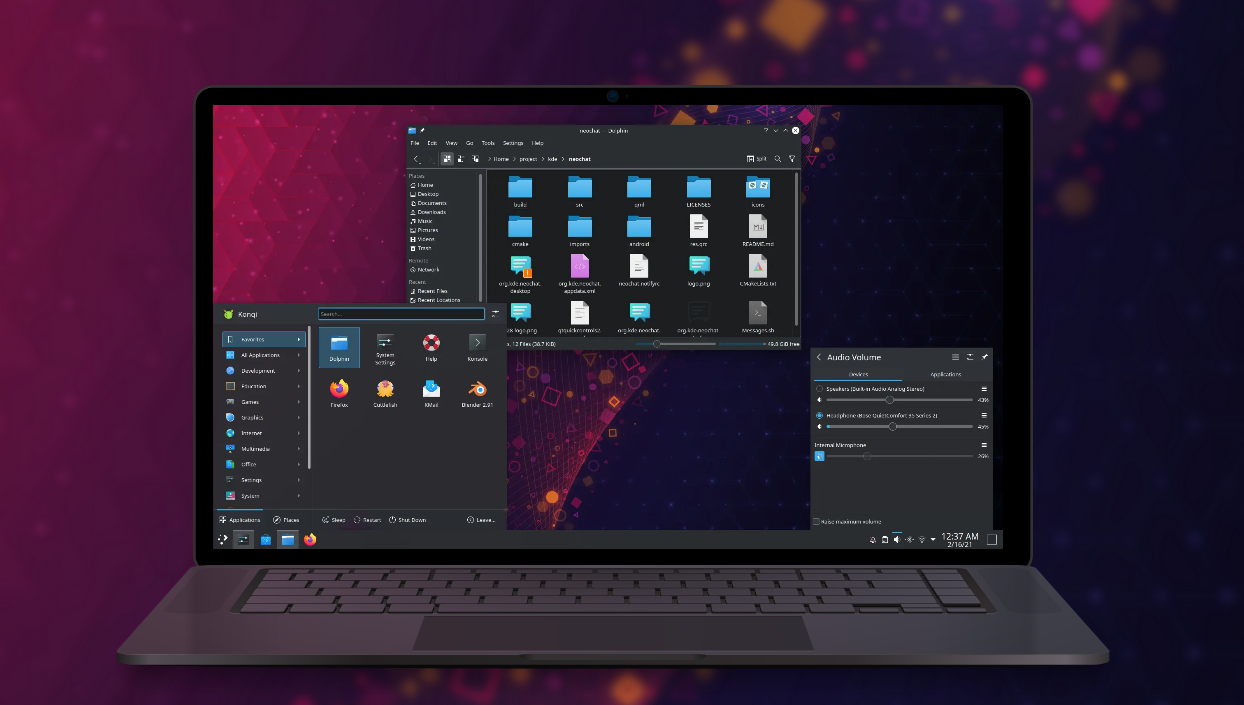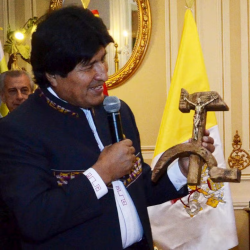I don’t know how to do it with KDE’s tools, but on the command line with ffmpeg you can do something like this:
ffmpeg -i video_track.mp4 -i audio_jp.m4a -i audio_en.m4a -map 0:v -map 1:a -map 2:a -metadata:s:a:0 language=jpn -metadata:s:a:1 language=eng -c:v copy -c:a copy output.mp4Breaking it down, it:
- runs
ffmpeg - with three inputs (
-iflag) – a video file, and two audio files. - The streams are explicitly mapped into the result, counting the inputs from 0 – i.e.
-map 0:vmaps input 0 (the first file) as video (v) to the output file and-map 1:amaps the next input as audio (a), etc. - It sets the metadata for the audio tracks
-metadata:s:a:0 language=jpnsets the first audio track (again counting from 0…) to Japanese; the second metadata option sets the next audio track to English. -c:v copyspecifies that the video codec should be copied directly (i.e. don’t re-encode – remove this if you DO need to re-encode)-c:a copyspecifies that the audio codec should be copied directly (i.e. don’t re-encode – remove this if you DO need to re-encode)output.mp4– finally, list the name of the file you want the result written into.
See documentation here: https://ffmpeg.org/ffmpeg.html
If you need another language in the future, I think the language abbreviations are the three letter codes from here: https://en.wikipedia.org/wiki/List_of_ISO_639-2_codes – but I’m not certain on that.
- runs
You can just use MKVToolNix to add the second track to the MKV file after rendering, it’s still another step but doesn’t require re-encoding.
If you’re just trying to multiplex tracks and not actually edit the video, I’d recommend doing it entirely with MKVToolNix and skipping Kdenlive for this use. I’ve done this previously to combine a subbed video and a dubbed one into one file, you can offset or stretch the audio if needed as well.




